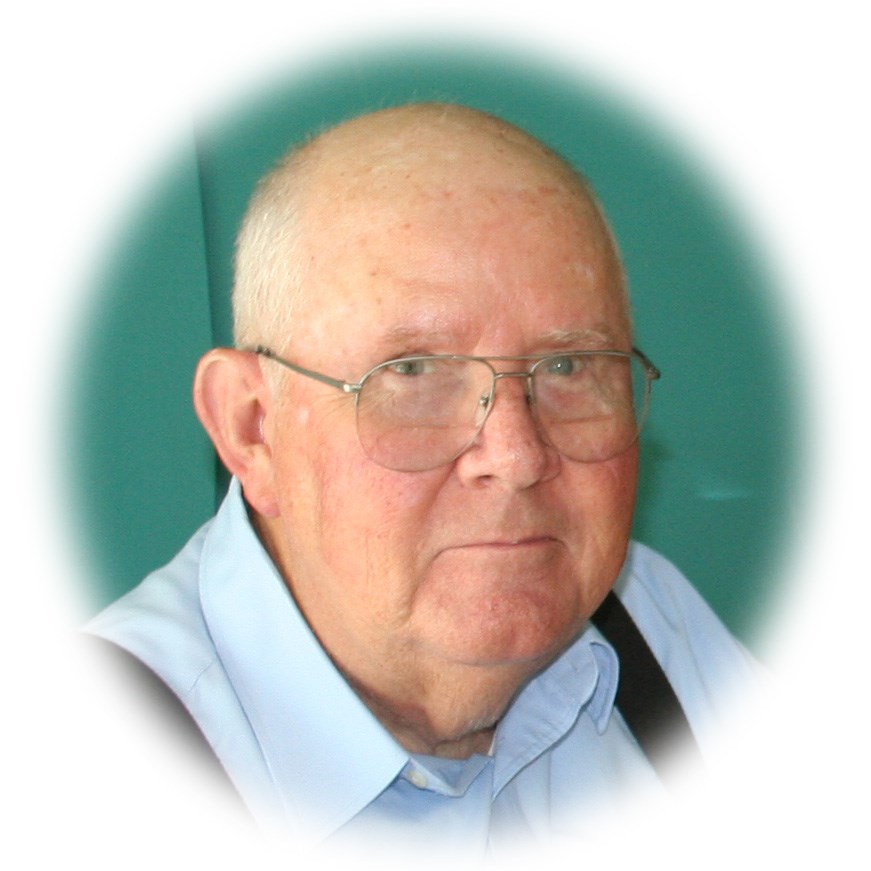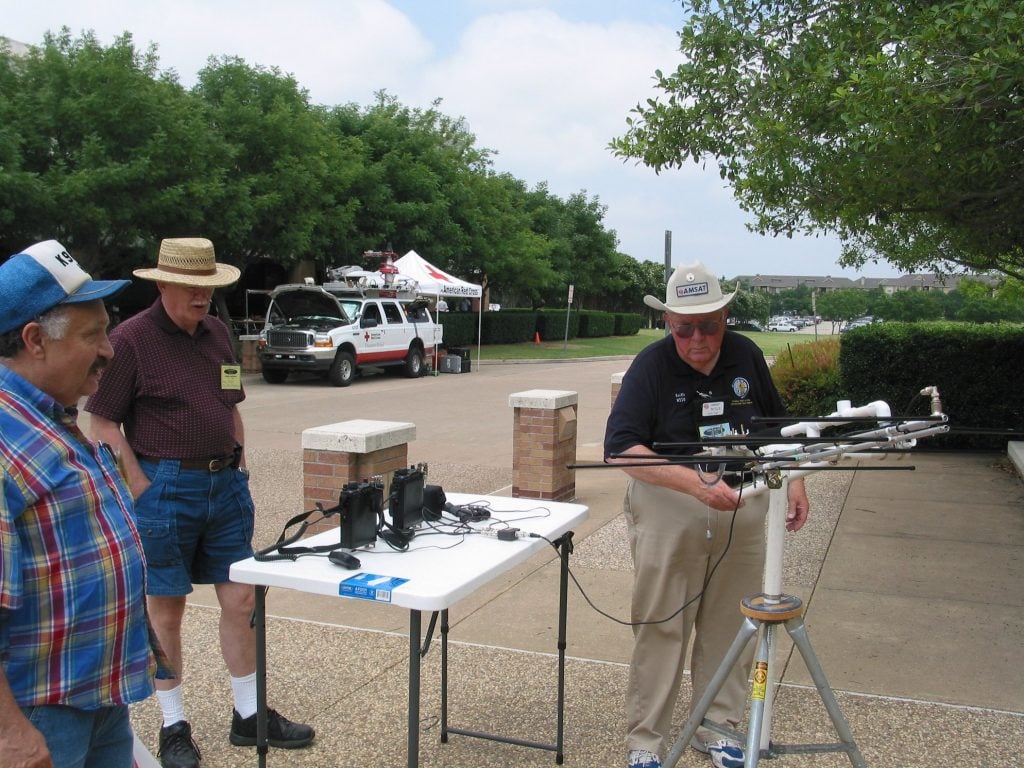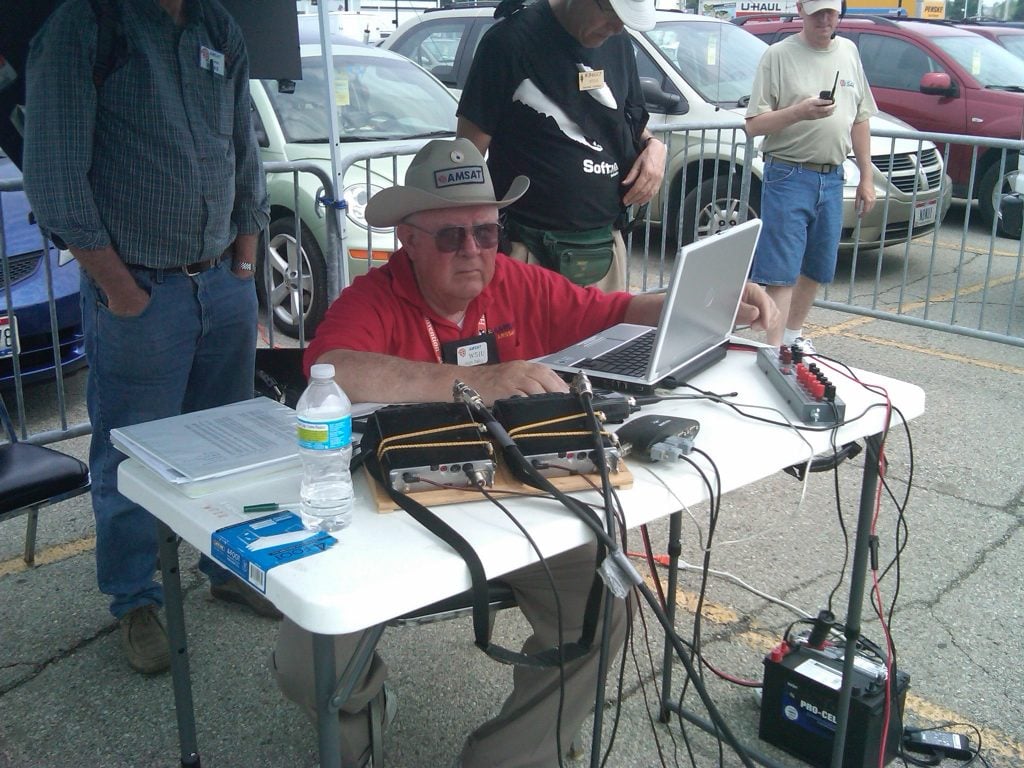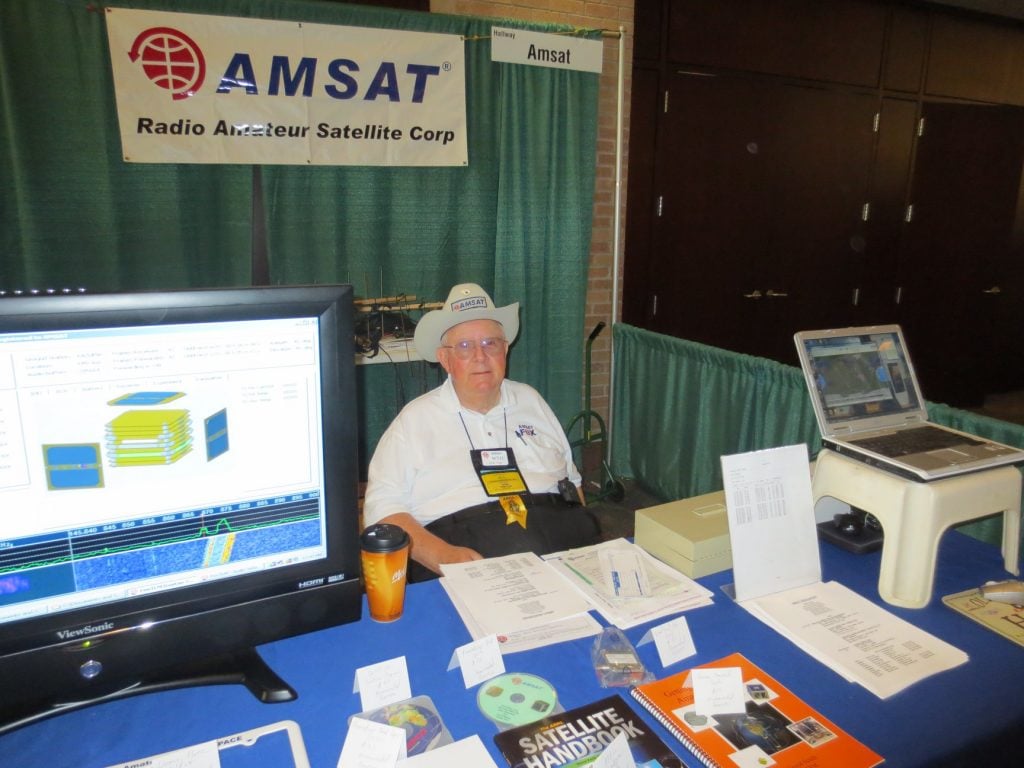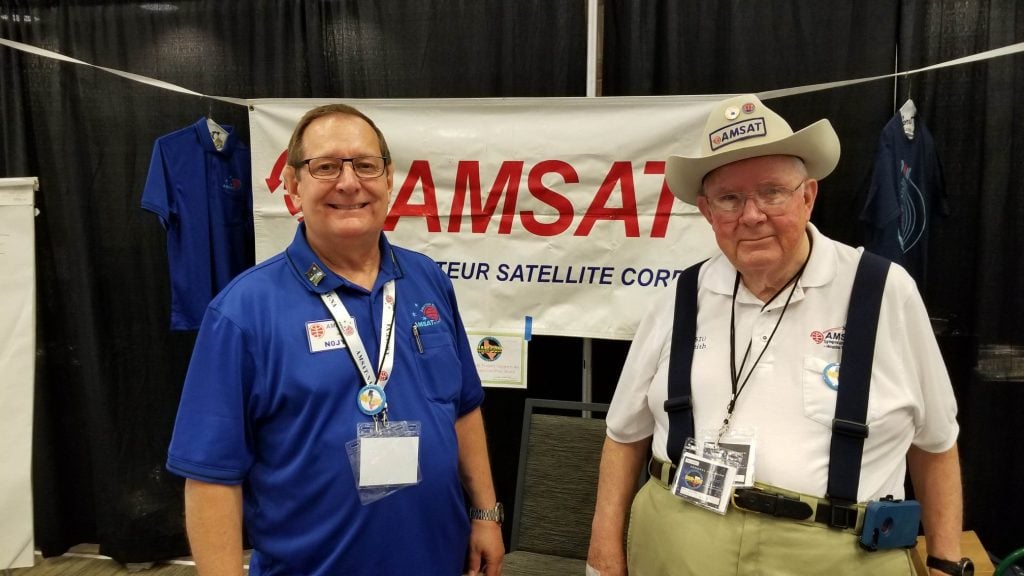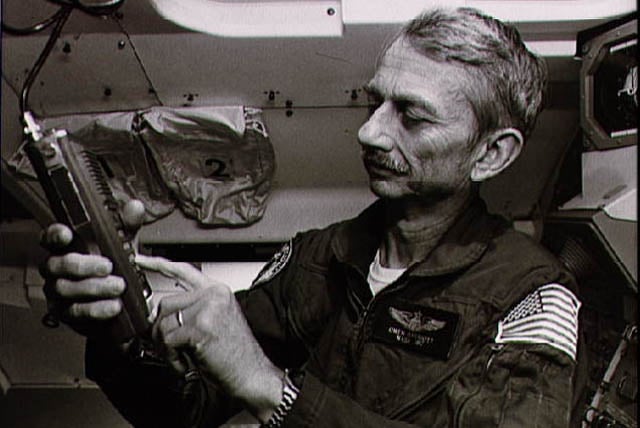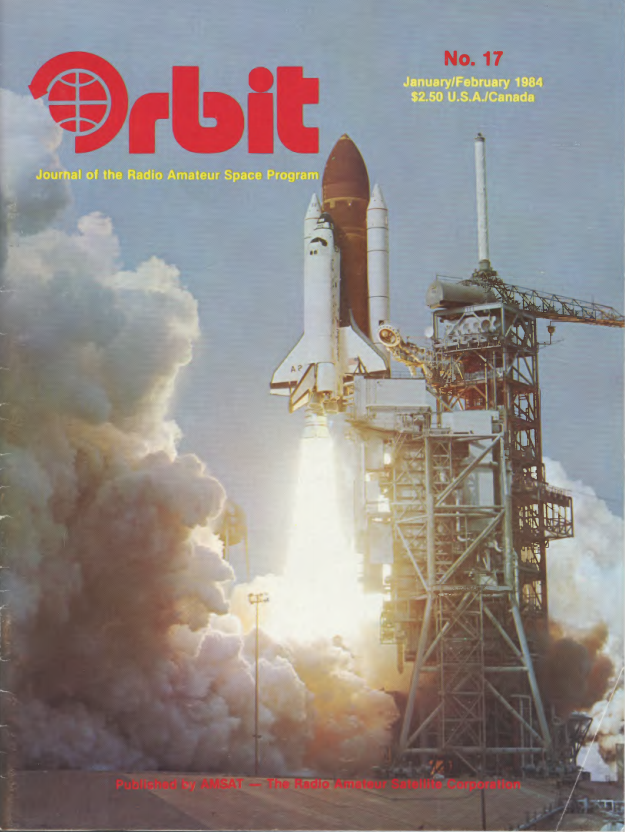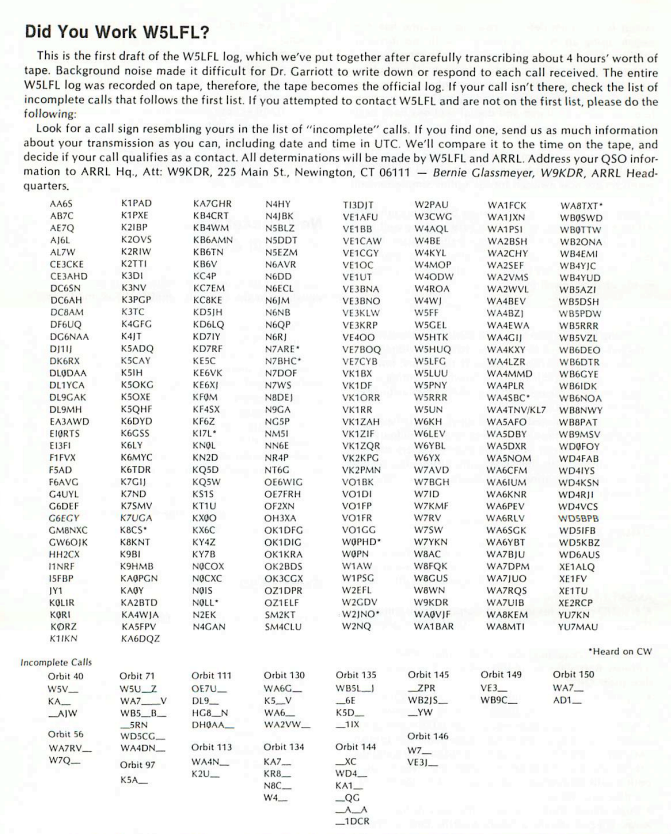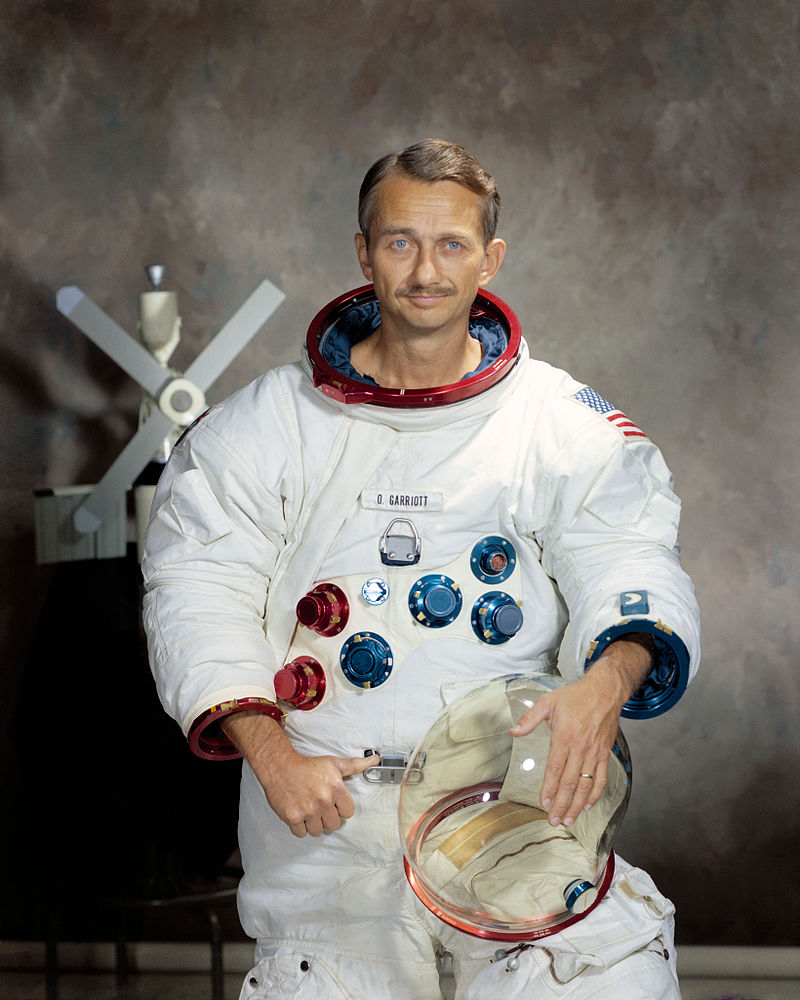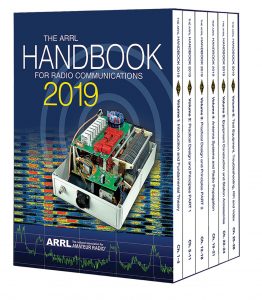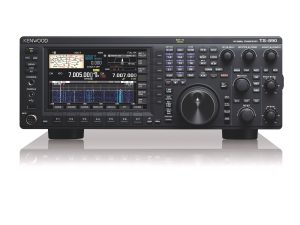The Interoperable Radio System (IORS), ARISS’ next generation radio system successfully completed a battery of stressful tests required as part of the final certification of the hardware for launch to and operation on the International Space Station.
During the week of July 8, the IORS, consisting of the JVC Kenwood D-710GA Radio and the AMSAT developed Multi-Voltage Power Supply, successfully completed a series of Electro-magnetic Interference (EMI)/Electro-Magnetic Compatibility (EMC) tests to ensure that the ARISS hardware will not interfere with the ISS systems or other payloads. Testing continued into the following week, where the IORS successfully passed power quality and acoustics testing. These tests verified that the ARISS IORS will not introduce harmful signals back into the ISS power system and is quiet enough to meet ISS acoustic requirements. ARISS Hardware Team members Lou McFadin, W5DID and Kerry Banke, N6IZW were at the NASA Johnson Space Centersupporting this two week battery of tests in concert with the NASA test and certification team.
Kerry Banke states, “Since the IORS is being qualified to operate on 120VDC, 28VDC and Russian 28VDC as well as transmitting on VHF or UHF, a lot of test combinations were required to cover all cases. Each input voltage type was also tested at low,medium and high line voltage. Moreover, additional permutations were required to test the IORS under no load, medium load and full load at each voltage level. So it should not be surprising why the tests took two weeks to complete.”
Successful completion of these tests represents a key milestone in preparing the IORS for launch. ARISS can now begin final assembly of the flight safety certification in preparation for launch. ARISS is working towards launch ready status by the end of the year.
About ARISS:
Amateur Radio on the International Space Station (ARISS) is a cooperative venture of international amateur radio societies and the space agencies that support the International Space Station (ISS). In the United States, sponsors are the Radio Amateur Satellite Corporation (AMSAT), the American Radio Relay League (ARRL), the ISS National Lab and National Aeronautics and Space Administration (NASA). The primary goal of ARISS is to promote exploration of science, technology, engineering, and mathematics (STEM) topics by organizing scheduled contacts via amateur radio between crew members aboard the ISS and students in classrooms or public forms. Before and during these radio contacts, students, educators, parents, and communities learn about space, space technologies, and amateur radio. For more information, see www.ariss.org.
Media Contact:
Dave Jordan, AA4KN
ARISS PR
[email protected]
Or donate to the ARISS NextGen Fundrazr Campaign:


